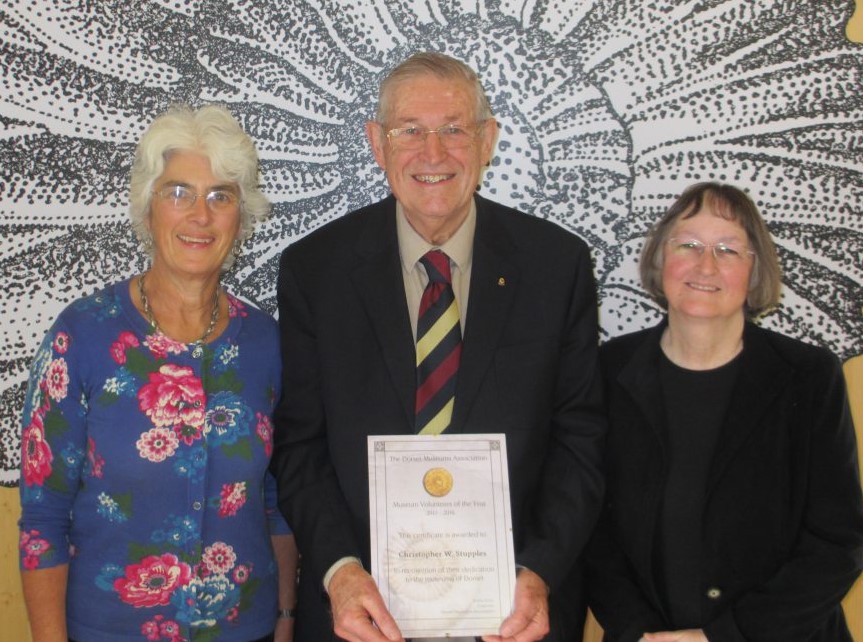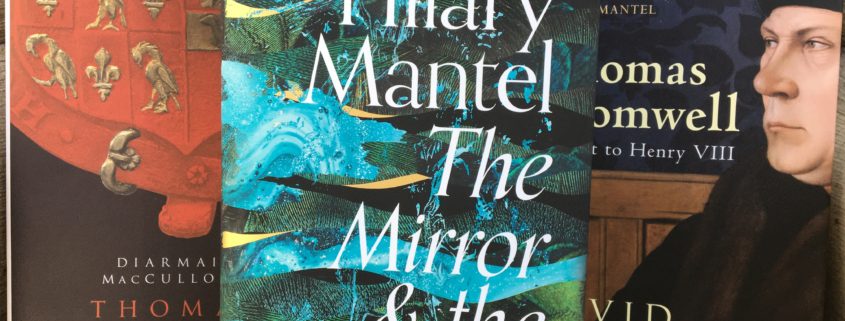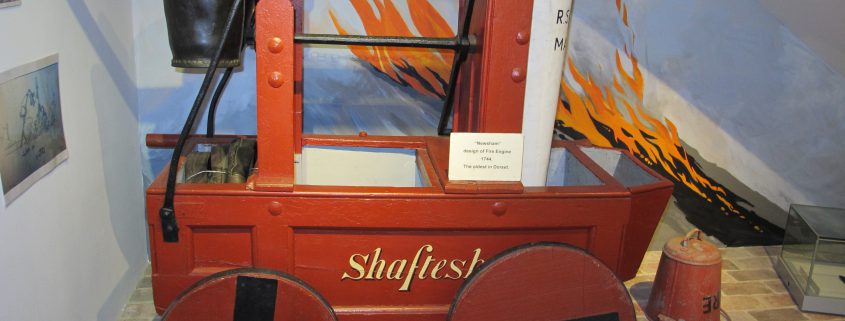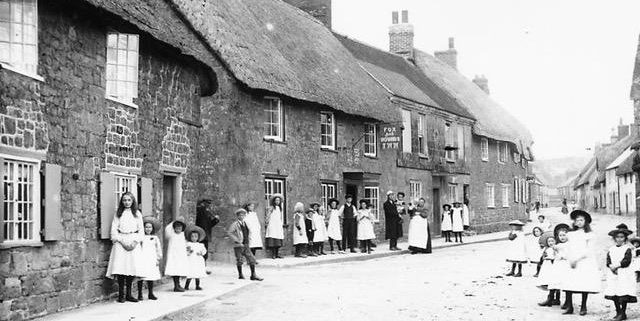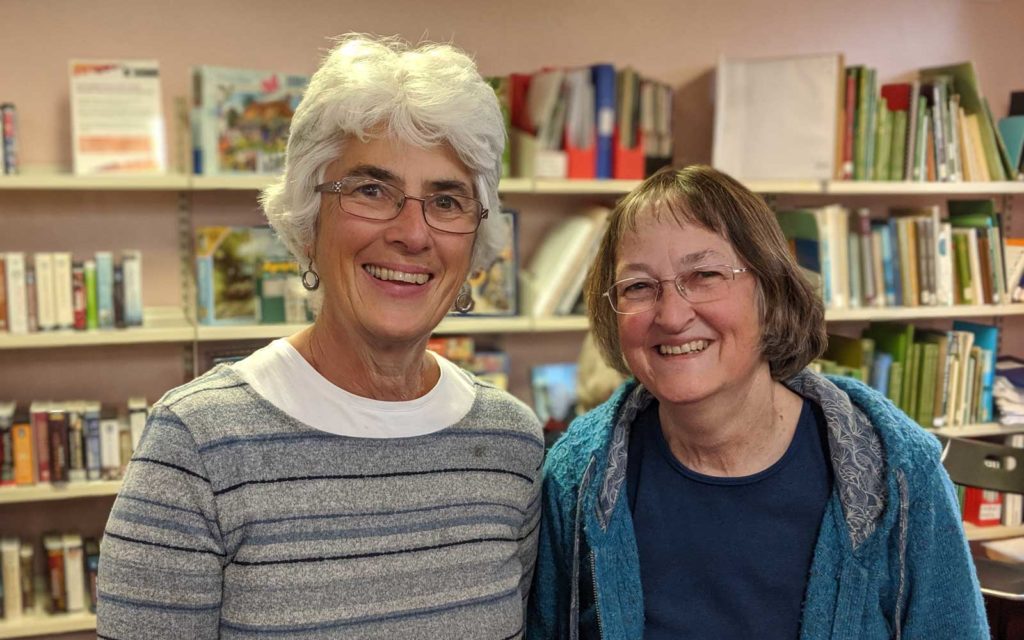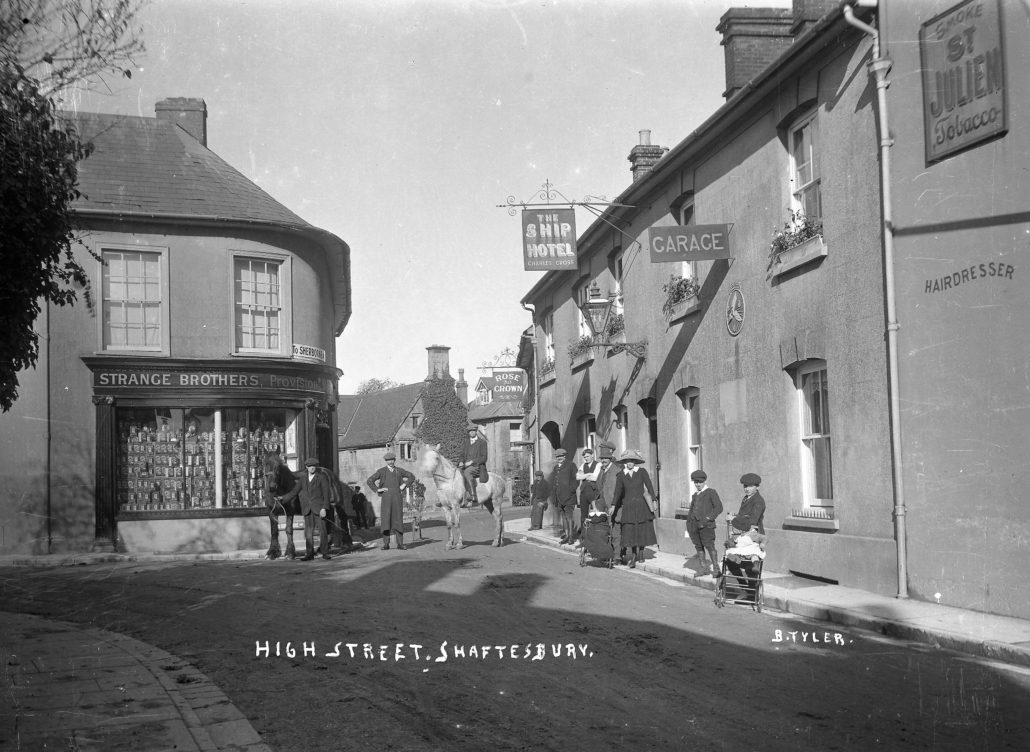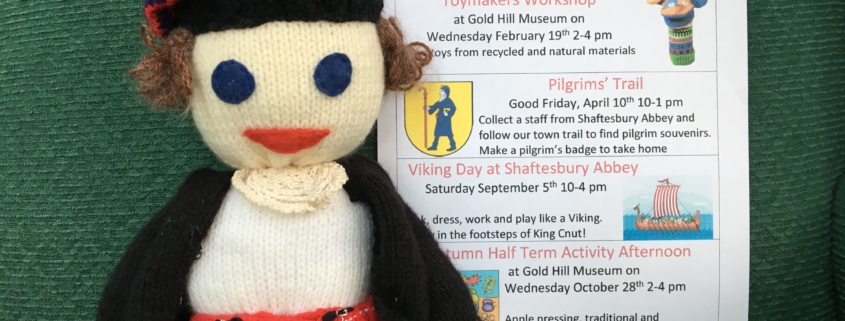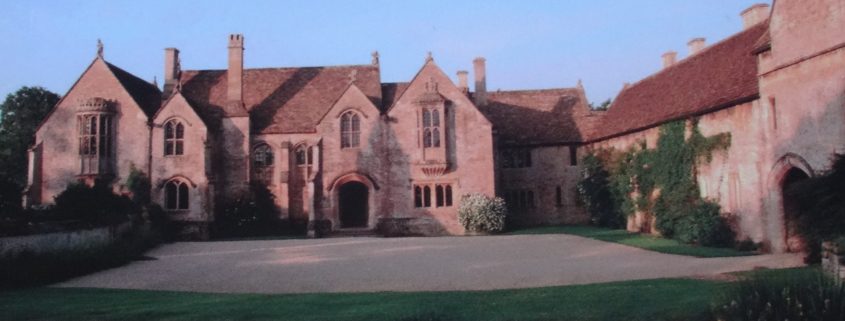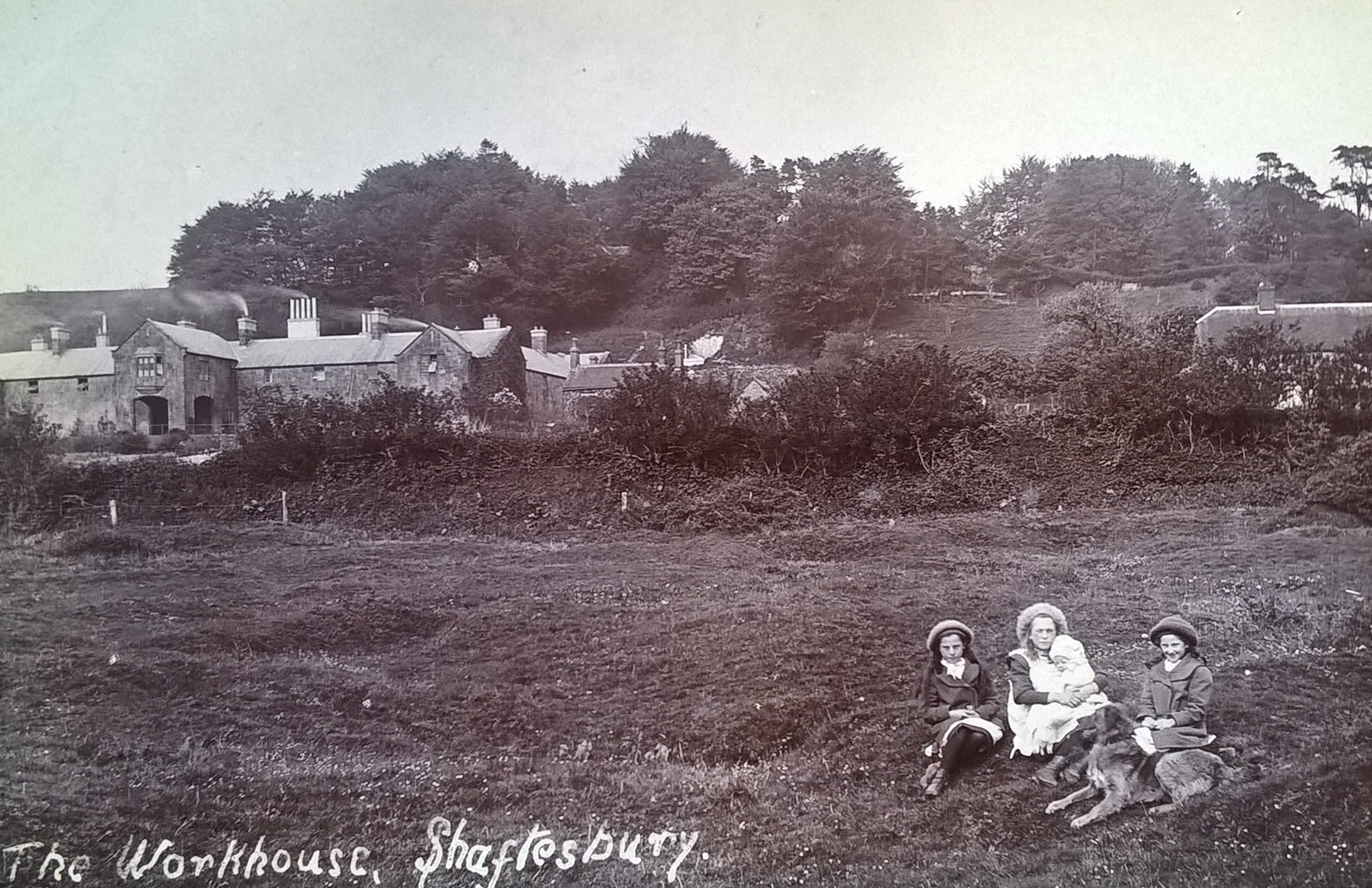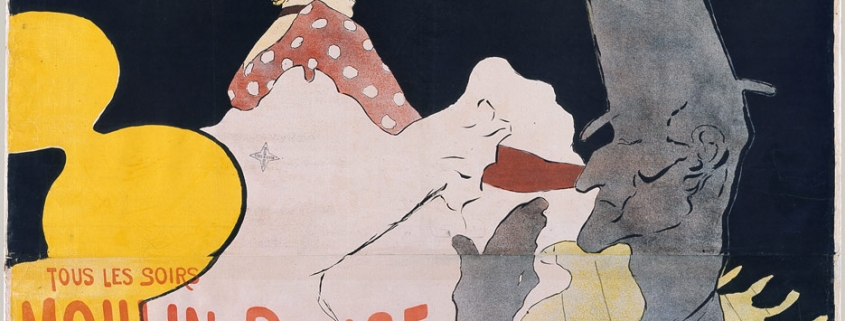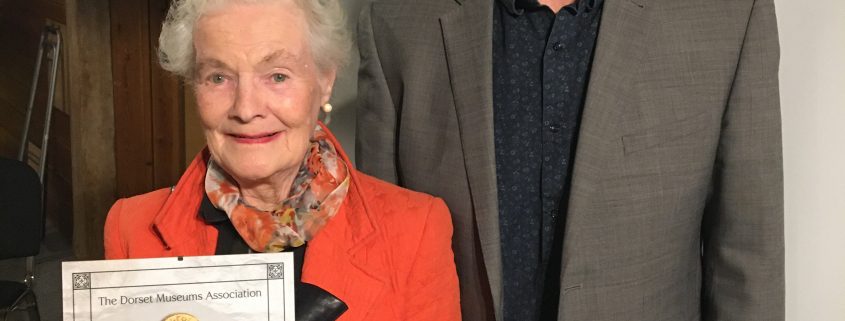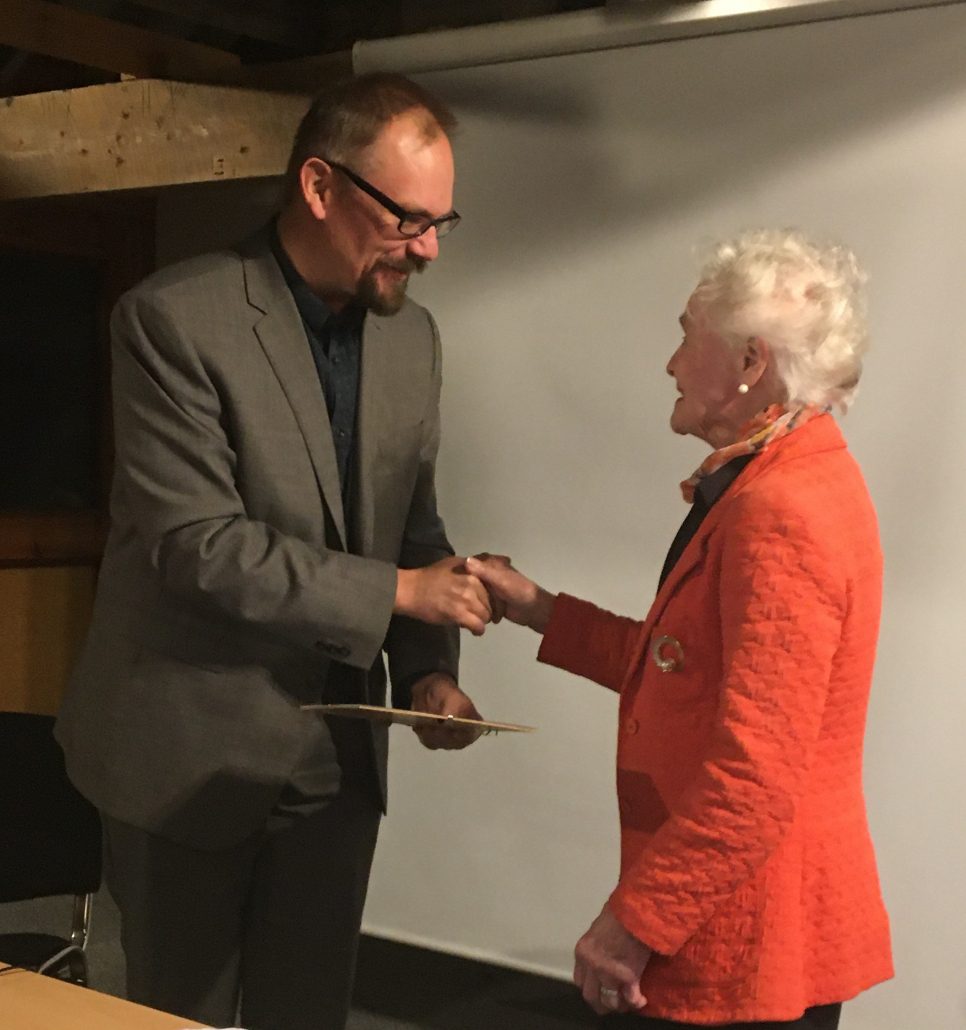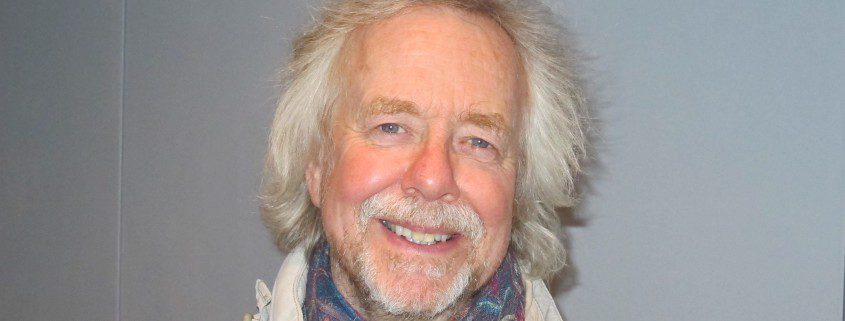Albert Edward Tyler, 1873-1919, Photographer of Edwardian Shaftesbury
Prior to their now postponed talk Claire Ryley and Ann Symons, together with Chris Stupples, discovered more about the family history of Albert Edward Tyler. He was born in Market Drayton, Shropshire, in 1873, one of eight children in the family of Edward and Annie Tyler. His father was a butcher and the family lived on the shop premises in Market Street. When Mr Tyler died in 1884 his eldest son took over the business while Albert became a photographer’s apprentice.
By 1901 Albert had moved to Shaftesbury and was established as a photographer at 53 Salisbury Street. In September 1902 he married Flora Ellen Biddlescombe at St Michael’s and All Angels in Stour Provost, and a daughter Muriel was born in March 1903. In 1911 the family was at an address between 4 Blandford Road and Boyne Farm, Cann, before moving to 5 Bell Street.
There is no record of Albert’s having done military service in the First World War. Not all records have survived and by the time conscription was introduced in 1916 he was already older than the upper age limit of 41. It is possible that his health was impaired as he died in January 1919 of cancer at the Middlesex Hospital in London. By today’s standards he was a youthful 45. The devastating ‘Spanish flu’ pandemic had just peaked in November 1918, at the time of the Armistice.
Flora and Muriel moved to 4 Belle Vue Terrace, later known as 19 Victoria Street, Shaftesbury where they were joined by Flora’s widowed brother Alfred Biddlescombe, a retired gardener’s labourer. They remained there until Flora’s death in February 1952. Muriel, described as a ledger clerk in 1939, died in December 1984 and was buried at St James’s Church.
Valuable historical information continues to be added to the Shaftesbury Remembers website. Local author Karen Dickson made use of it while writing her recently published first novel ‘The Shop Girl’s Soldier’. Karen described the story, when interviewed on ThisisAlfred.com , as a romantic saga spanning the First and Second World Wars, set in a small town and surrounding villages not dissimilar to Shaftesbury.
